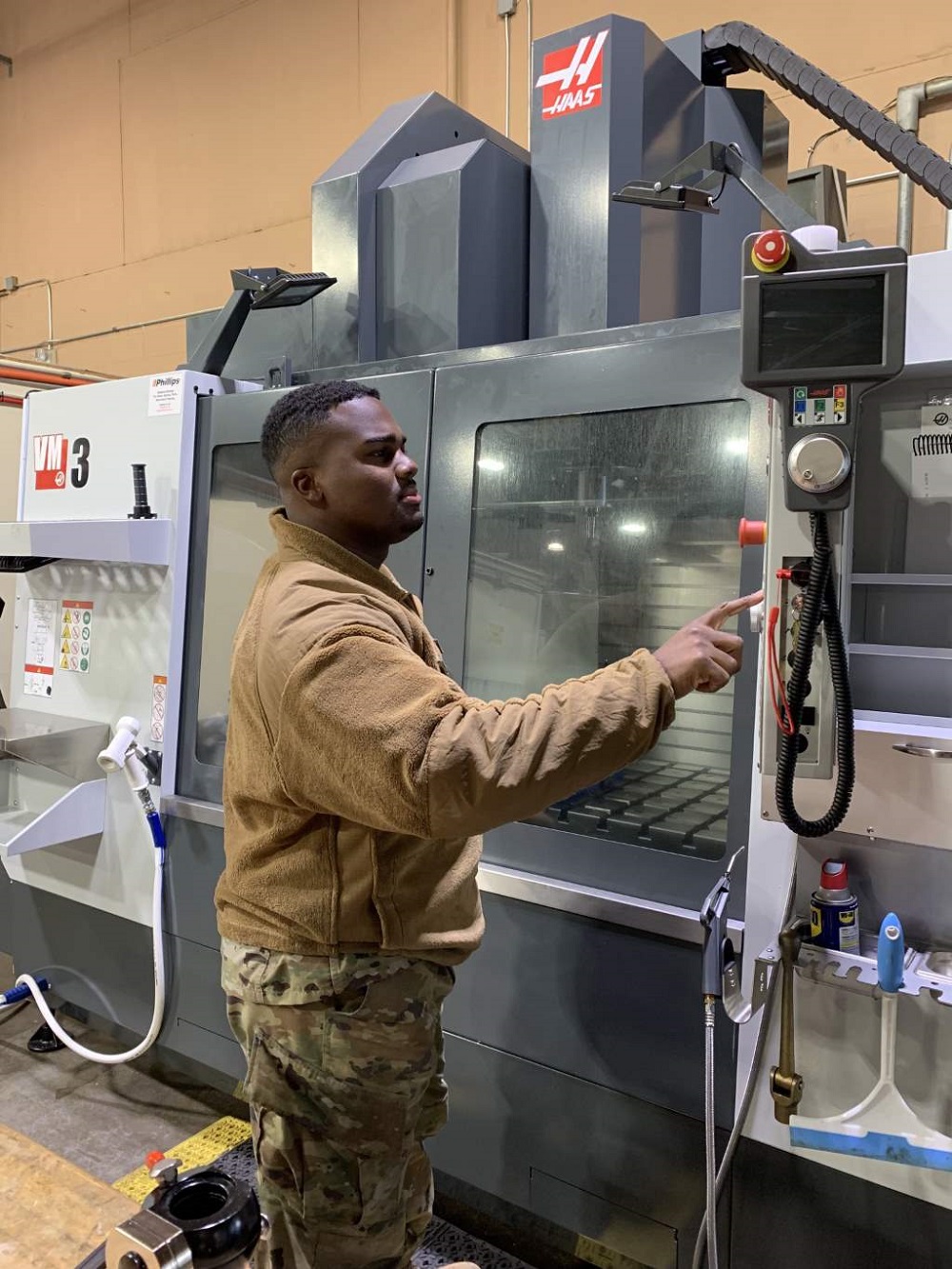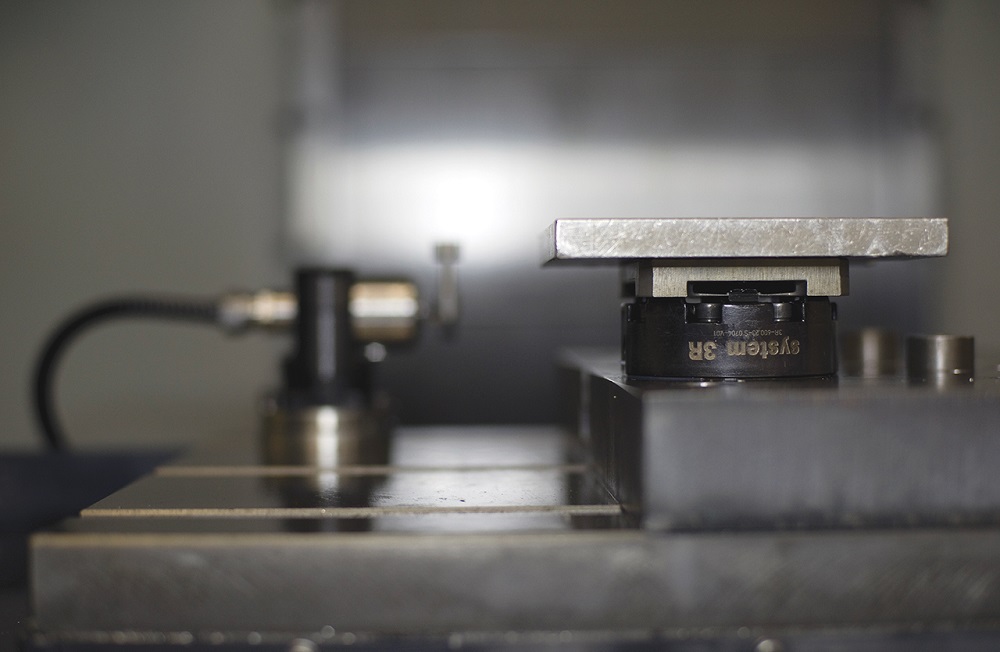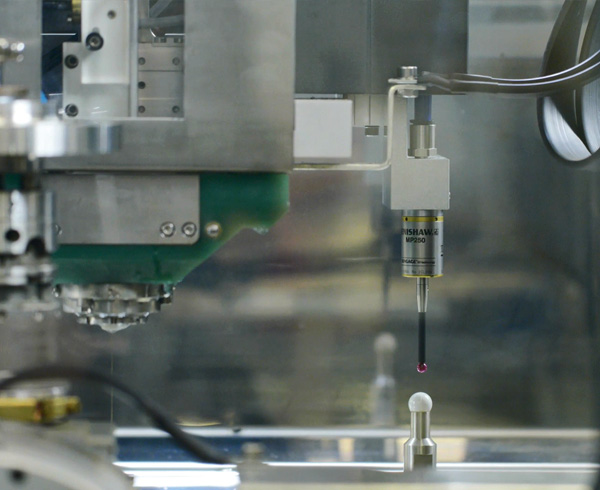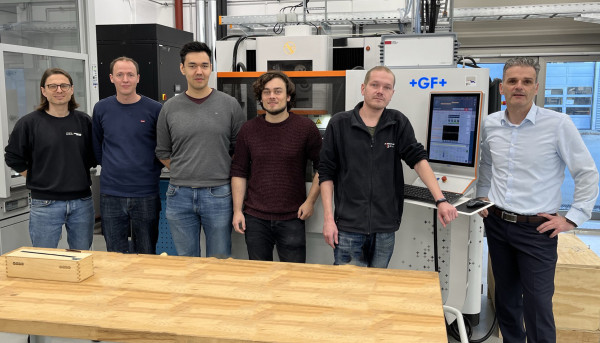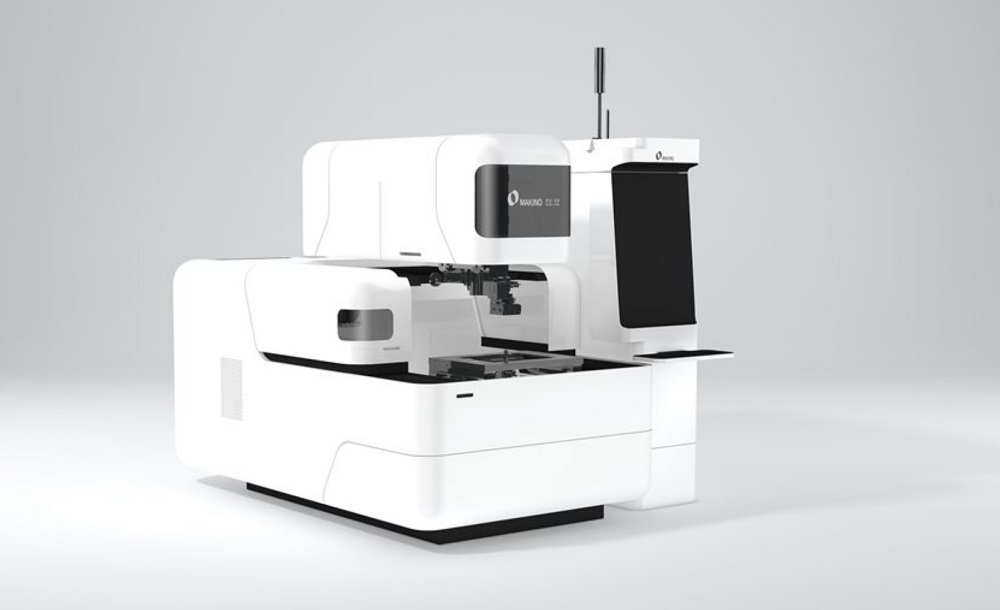The Rocket Propulsion Division, part of AFRL’s Aerospace Systems Directorate, recently modernised its fabrication shop in California with five new CNC machine, including a wire EDM machine, a die-sink EDM machine, a small-hole EDM, CNC milling machines and three CNC lathes.
“The recently upgraded machines provide AFRL with an increased capability to fabricate components of higher complexity and provide customers the benefit of being able to keep more of their work on-site, reducing program costs and turnaround time,” says Ben Gleason, lead fabrication technician. “The machines are equipped with similar CNC control units to lessen operator training. More accurate spindles and electronic part probing reduce set-up time and increase precision.”
Specifically, the new equipment will increase accuracy on multi-sided and complex parts, while improving operator safety and allowing for a cleaner, safer working environment.
“The unique skills of these devices allow them to machine tight tolerances with exotic materials such as superalloys, additively manufactured metals, polymers and composites,” says Lt Col Ammy Cardona, AFRL branch chief and materiel leader for the Experimental Demonstration Branch.
AFRL’s Rocket Propulsion Division designs and manufactures components for liquid rocket engines and solid rocket motors. The newly upgraded fabrication shop allows the laboratory to manufacture unique, one-of-a-kind rocket components that scientists and engineers can test in experiments, such as proof of concepts for new technologies.
The automation of the new machines will also ensure product quality and timeliness, which helps the team make accurate decisions of scheduling and production to meet the demand of AFRL’s test schedule.
“The new machines support highly precise cuts which eliminates waste and saves money on material and human error in the fabrication process,” says Gleason.
For further information www.afrl.af.mil






